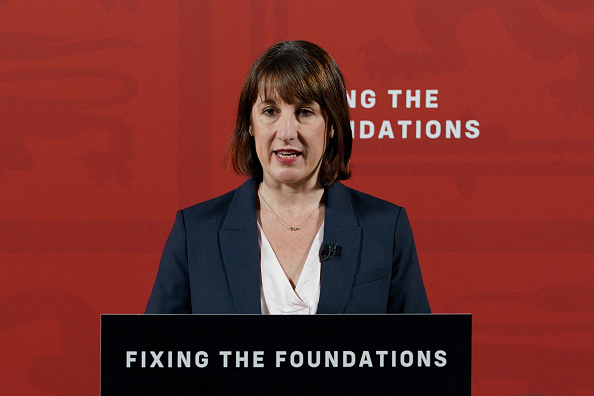Millions of workers are rising to the retirement challenge by saving into their workplace pensions, but millions are being let down by the current system of auto-enrolment.
New figures from the Office for National Statistics show that a record proportion of workers are now participating in workplace pensions – hitting a new high of 68 per cent in 2016. This is up from 64 per cent in 2015 and up from its low of only 47 per cent in 2012. The young are leading the way with participation of those aged 22 to 29 more than doubling from 31 per cent in 2012 to 66 per cent today.
The new system of pensions auto-enrolment has driven this positive rise. The same system however looks set to disappoint these new savers.
The underlying data suggests that millions of new savers are being enrolled into pensions at minimum levels of contributions – currently standing at one per cent of their salary from the employee and one per cent of their salary from the employer. At these levels of contributions, millions of savers will be set for disappointment when it comes to retiring.
Alistair McQueen, head of savings and retirement at Aviva, says, ‘Britain understood it needed to start saving more for its retirement and that is what Britain is now doing. In record numbers, workers are saying yes to workplace pensions. Britain’s workers are doing their bit, but the system is letting them down. By being automatically enrolled at minimum levels of pension contributions these new savers are on track for disappointment in retirement.’
McQueen adds, ‘The minimum levels of savings are scheduled to rise from two per cent today to 8 per cent in 2019, but even at that level millions will miss their retirement dreams. Aviva believes that minimum contributions should rise to 12.5 per cent of employee’s salaries over time.
‘The government is reviewing auto-enrolment in 2017. There is much to celebrate, and today’s new savers are to be congratulated. But the levels of contribution need honest and urgent review. Britain’s workers are playing their part. The rule-makers should respond by building a system that is fit for purpose.’





